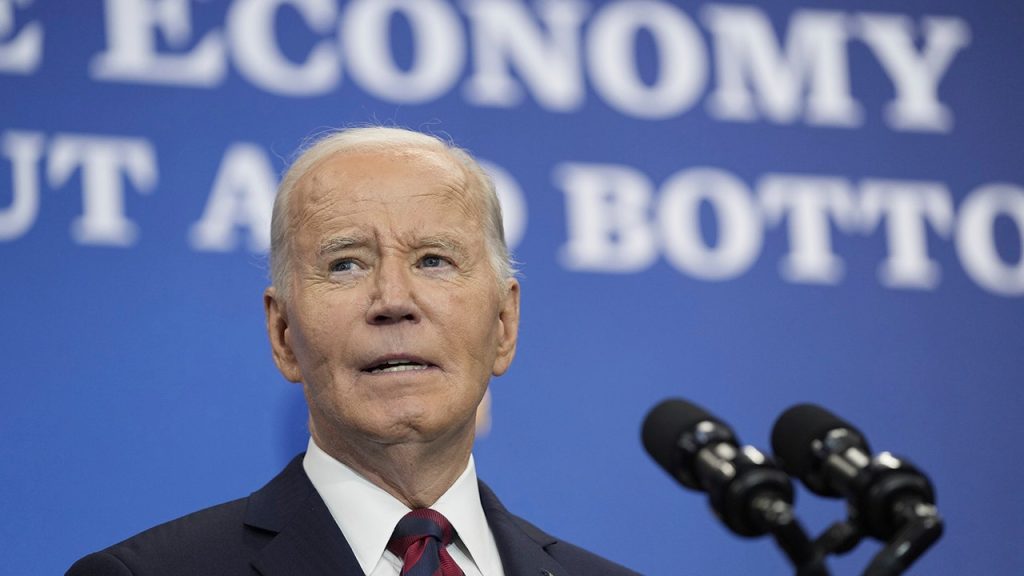President Biden and his administration have consistently emphasized the threat of white supremacy, characterizing it as the most lethal terrorist threat to the United States. This assertion, frequently reiterated by Biden and officials like Attorney General Merrick Garland and Homeland Security Secretary Alejandro Mayorkas, often cited the January 6th Capitol breach as a prime example of this threat and a dangerous assault on American democracy. This narrative positioned white supremacy as a greater danger than internationally recognized terrorist organizations like ISIS and al Qaeda, a stance that drew criticism from some quarters. This narrative has now come under renewed scrutiny in the wake of a suspected terrorist attack in New Orleans on New Year’s Day 2024.
The New Orleans attack, allegedly perpetrated by Shamsud-Din Jabbar, involved a truck ramming into a crowd on Bourbon Street, injuring numerous revelers. The FBI’s subsequent investigation revealed an ISIS flag within the vehicle and confirmed they were treating the incident as an act of terrorism. While investigations are ongoing to determine the extent of any connection to ISIS, preliminary findings suggest Jabbar was “inspired” by the group, though not directly directed by them. This incident has thrust Biden’s prior pronouncements about white supremacy back into the spotlight, prompting criticism and accusations of downplaying the threat of Islamic extremism.
The stark juxtaposition of Biden’s repeated emphasis on white supremacist terrorism with an actual terrorist attack bearing the hallmarks of ISIS-inspired violence has fueled a contentious debate. Critics argue that the administration’s focus on domestic extremism, particularly white supremacy, has blinded them to the persistent threat of international jihadist groups. They highlight the New Orleans attack as a tragic example of the consequences of such oversight, suggesting that a disproportionate focus on one form of extremism may have left the nation vulnerable to others.
The administration’s focus on white supremacy as the primary terrorist threat stemmed partly from the January 6th Capitol riots, which were viewed by many within the administration as a stark manifestation of the dangers of domestic extremism. Garland’s characterization of the event as “an attempt to interfere with the fundamental element of our democracy” underscored the gravity with which the administration viewed the incident. This perspective, coupled with the rise of extremist ideologies within the country, contributed to the administration’s prioritization of combating white supremacy.
However, the New Orleans attack complicates this narrative. While the administration’s concern about domestic extremism remains valid, the incident highlights the continued threat posed by international terrorist groups, even those like ISIS, which have seen a decline in operational capacity in recent years. The attack serves as a reminder of the complex and multifaceted nature of the terrorist threat landscape, requiring a comprehensive approach that addresses both domestic and international extremism.
The case of Shamsud-Din Jabbar further adds complexity to the discussion. Reports indicate he was raised Christian and later converted to Islam. His brother, Abdur Jabbar, explicitly stated that his brother’s actions do not represent the Islamic faith and attributed them to “radicalization,” not religion. This distinction underscores the challenge of identifying and addressing the root causes of extremism, which can be influenced by various factors beyond religious affiliation. It also highlights the importance of avoiding generalizations about entire communities based on the actions of individuals. The New Orleans attack, while a tragic event, should prompt a reassessment of the national security strategy, ensuring a balanced approach that addresses all forms of extremism without neglecting any potential threat.

